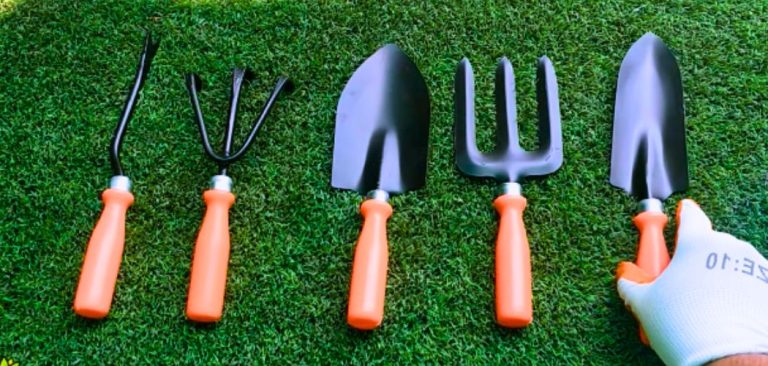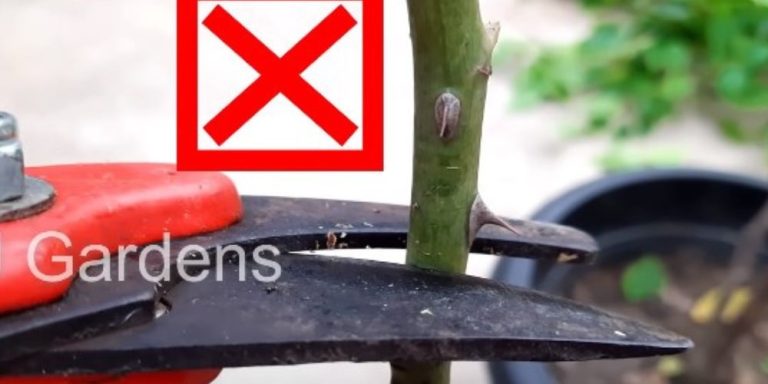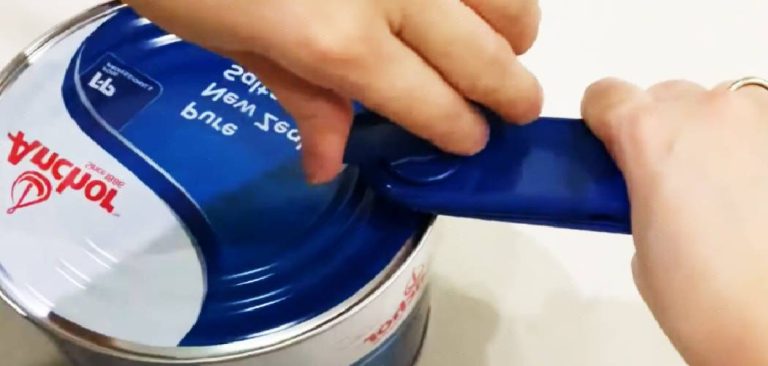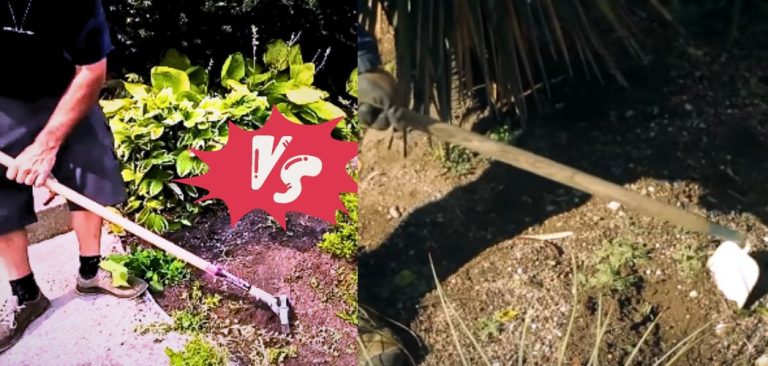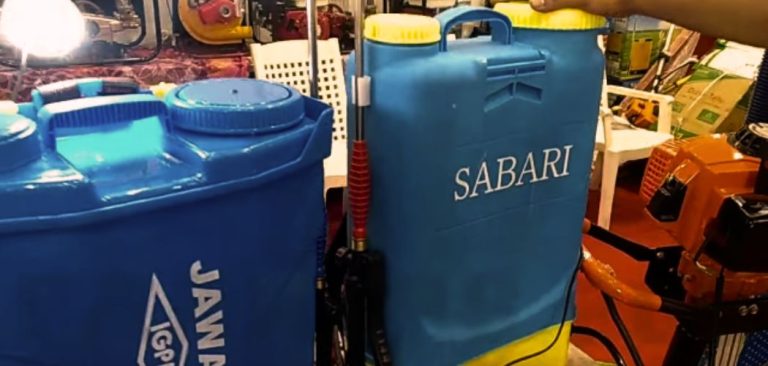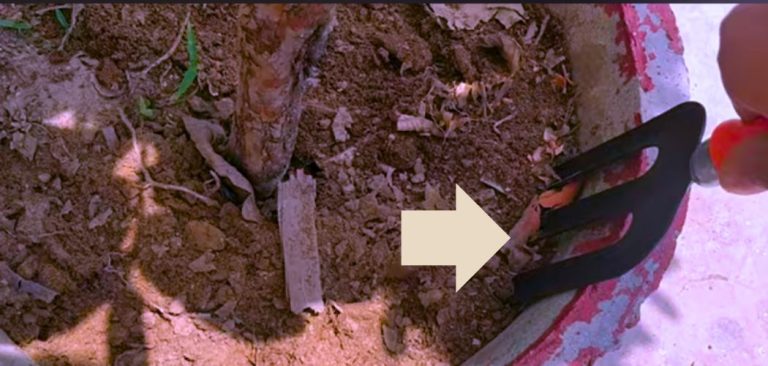Dutch Hoe vs Stirrup Hoe: Which is Right for You?
Successful gardening starts with selecting the right tools for your weeding and soil cultivation needs. The battle against unwanted plants and maintaining healthy soil becomes significantly easier when you’re equipped with proper gardening implements.
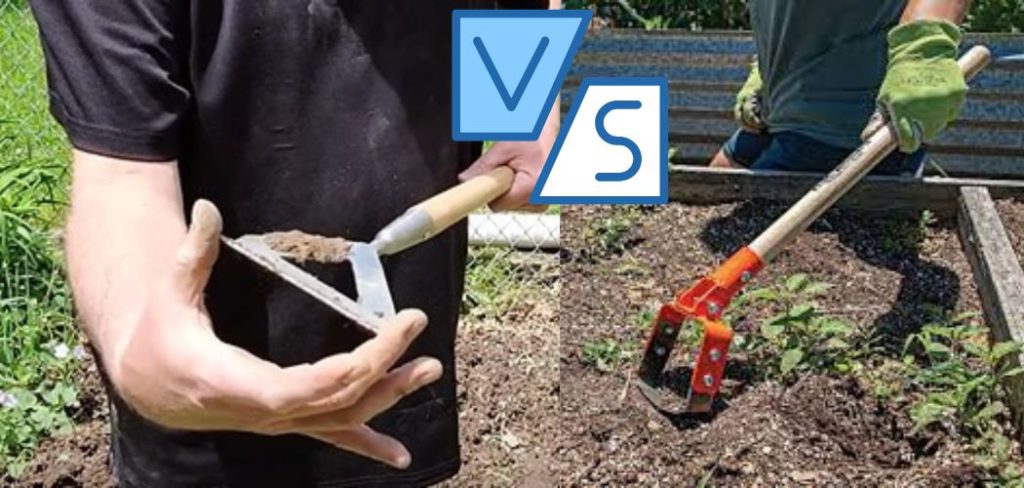
Two popular tools stand out in the gardening world: the Dutch hoe and the stirrup hoe. These time-tested implements have earned their places in gardens worldwide, each bringing unique advantages to the wedding task.
The choice between these tools can impact your:
- Gardening efficiency
- Physical comfort during use
- Plant protection capabilities
- Soil maintenance results
Whether you’re tending a small vegetable patch or managing extensive flower beds, understanding the distinct features of Dutch hoes and stirrup hoes is crucial.
This comparison will guide you through their specific characteristics, helping you make an informed decision based on your gardening style and needs. Let’s explore these versatile tools to determine which one might become your new favorite gardening companion.
What Is a Dutch Hoe?
The Dutch hoe is a traditional gardening tool designed for efficient weeding and soil cultivation. It features a long handle, often around 4-5 feet in length, and a flat, sharp blade set at a right angle to the shaft. This design allows gardeners to slice through weeds just below the soil surface with minimal effort and disruption to the soil.
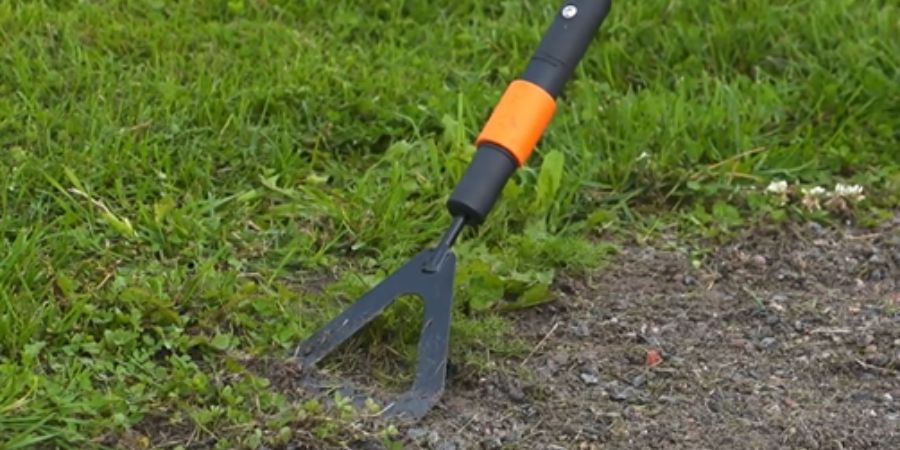
The tool originated in the Netherlands, where it became popular for its ability to tackle dense weed growth efficiently. Typically made of durable materials like steel or carbon, the Dutch hoe is ideal for maintaining garden beds, pathways, and cultivated soil, making it a must-have for gardeners who value precision and ease of use.
What is a Stirrup Hoe?
The stirrup hoe, also known as the hula hoe or scuffle hoe, is a highly efficient gardening tool designed for weed control with minimal soil disturbance. Its defining feature is a stirrup-shaped, oscillating steel blade, typically measuring 6 to 8 inches in width. This blade moves in a push-and-pull motion just beneath the soil surface, slicing weeds at the root level with precision.
Fitted with a 48- to 60-inch handle, often made of durable wood or fiberglass, the stirrup hoe allows for ergonomic use, reducing back strain during prolonged tasks. Developed in the early 20th century, it has become a staple for gardeners seeking to clear weeds swiftly—reportedly up to three times faster than traditional hoes. Its efficiency and ease of use make it an essential tool for both small-scale gardeners and larger horticultural operations.
What is the Actual Difference Between Dutch Hoe vs Stirrup Hoe?
Understanding the difference between dutch hoe vs stirrup hoe is very important for you if you want to use them in your garden. I am presenting a special test below, I hope it will solve your problem.
| Feature | Dutch Hoe | Stirrup Hoe |
| Design | Flat, rectangular or slightly angled blade. | Loop or stirrup-shaped blade, often with a pointed edge. |
| Mechanism | Works by pushing forward to slice through the soil and cut weeds just below the surface. | Moves in a push-pull motion, cutting weeds both on the forward and backward strokes. |
| Action | Cuts weeds primarily on the forward stroke. | Cuts weeds effectively on both forward and backward strokes, making it more efficient. |
| Ideal for | Larger areas with lighter, less dense vegetation, and routine weeding tasks. | Precision weeding in tight spaces, vegetable rows, or areas with dense weed growth. |
| Soil Impact | Minimally disturbs the soil surface, making it good for maintenance weeding. | Loosens and aerates the soil, which is useful for deep-rooted weeds and improving soil health. |
| Blade Attachment | Fixed blade for stability and a clean cut. | Hinged or flexible blade for ease of movement and more versatility. |
| Usage | Best for lighter, general wedding tasks, and maintaining larger gardens. | More effective for heavy-duty weddings, removing deep-rooted plants, and for use in tougher soil conditions. |
| Origin | Originated in the Netherlands, likely in the 17th century, primarily for large-scale agriculture. | Developed in the United States in the 19th century, originally designed for cultivating crops and gardens. |
| Blade Material | Typically steel or other durable metal. | Often made of steel, but sometimes with a more flexible or lighter design to reduce weight. |
| Handle Length | Typically longer for ease of pushing across larger areas. | Can vary in length, but often shorter than a Dutch hoe for maneuverability in tight spaces. |
| Efficiency | Efficient for shallow weeding in open areas. | More efficient in tight, confined spaces due to its back-and-forth motion. |
| Durability | Durable for continuous use in lighter conditions. | Very durable, especially suited for tough, deep-rooted weeds and heavy-duty tasks. |
My Personal Opinion on Choosing a Dutch Hoe vs. A Stirrup Hoe
Over the years, I’ve spent countless hours working with both Dutch hoes and stirrup hoes. Choosing between them often feels like picking between two trusty sidekicks—each shines in its own way depending on the job. Here’s my take, based on hands-on experience and plenty of lessons learned in the garden:
Why I Love the Dutch Hoe
The Dutch hoe feels like a precision tool in my hands. Its flat blade is perfect for skimming just below the soil’s surface, slicing weeds with ease. When I’m tidying up vegetable rows or flower beds, it’s a dream to use. It’s lightweight and designed for quick, light weeding jobs that don’t disturb the soil too much. However, I’ll admit it struggles with stubborn weeds in tough or rocky soil.
Where the Stirrup Hoe Stands Out
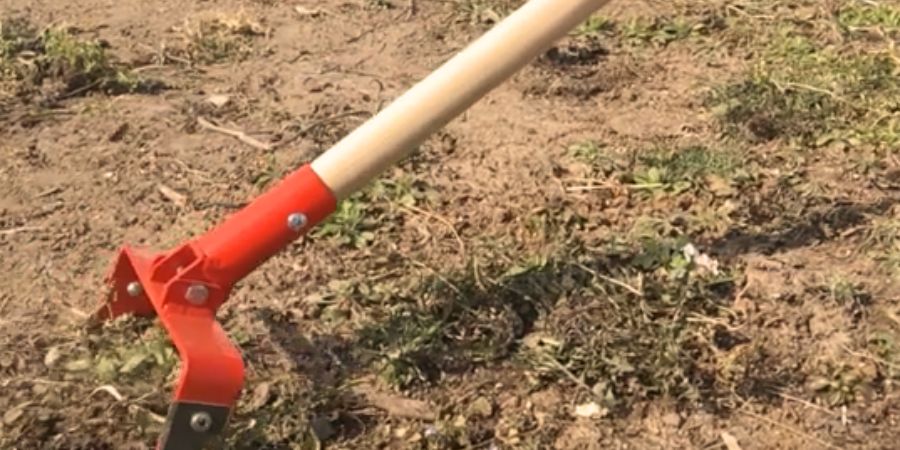
The stirrup hoe, on the other hand, is my go-to for heavy-duty jobs. Its looped blade cuts in both directions with a push-pull motion, which is not only efficient but also oddly satisfying! I’ve found it particularly handy for clearing overgrown areas or tackling compacted soil. It even helps with soil aeration, which is a nice bonus. That said, it’s slightly heavier, and for precise work in tight spaces, it can feel a bit overkill.
Which One Wins?
Honestly, if you’re asking me to pick just one, I’d have to say it depends on the job. For regular maintenance in softer soils, I’d grab the Dutch hoe without a second thought. But when I’m facing a weedy jungle or clay-packed beds, the stirrup hoe is my hero.
If you’re serious about gardening, though, I’d recommend having both in your arsenal—they complement each other perfectly and make you feel prepared for any challenge.
How to Maintain a Dutch Hoe and a Stirrup Hoe for Long-term Use
- For a Dutch Hoe: Clean the blade with a stiff brush or cloth after each use to remove soil and debris. Sharpen the blade regularly with a flat file to ensure precise cutting. After cleaning, dry the blade thoroughly and apply a thin layer of light machine oil or WD-40 to prevent rust. Treat wooden handles with boiled linseed oil to prevent cracking. Store in a dry place, ideally hanging or off the ground.
- For a Stirrup Hoe: Clean the oscillating blade after every use using a wire brush or stiff scraper. Sharpen both the inner and outer edges with a fine mill file or sharpening stone, maintaining the original bevel for efficient cutting. Dry the blade completely after cleaning and apply a light coat of machine oil or WD-40 to prevent rust. Inspect the handle regularly for cracks or splinters, sanding and treating wooden handles with boiled linseed oil as needed. Store in a dry, well-ventilated area, preferably hanging.
FAQs
What is the Main Difference Between a Dutch Hoe and a Stirrup Hoe?
The main difference lies in their design and functionality. The Dutch hoe features a flat blade that operates below the soil surface with a forward motion, making it effective for larger areas. In contrast, the stirrup hoe has a trapezoidal ring-shaped blade that uses a push-pull action, which is more efficient for weeding small patches.
What Are the Advantages of Using a Dutch Hoe?
The Dutch hoe is advantageous for its effectiveness in covering larger areas and its versatility in breaking up soil and moving dirt. It allows for quick weeding and soil cultivation, making it suitable for extensive gardening tasks.
Are There Any Limitations to Using a Stirrup Hoe?
Yes, while the stirrup hoe is lightweight and reduces the risk of damaging nearby plants, it may not be as effective in larger plots or compacted soil compared to the Dutch hoe. User preference also plays a role in its effectiveness.
How Do I Choose the Right Gardening Tool for My Needs?
When selecting a gardening tool, consider factors such as the size of your garden area, the types of weeds you commonly encounter, your physical condition, and your comfort level with using different tools. This assessment will help you determine whether a Dutch hoe or stirrup hoe is better suited for your tasks.
Read also:

